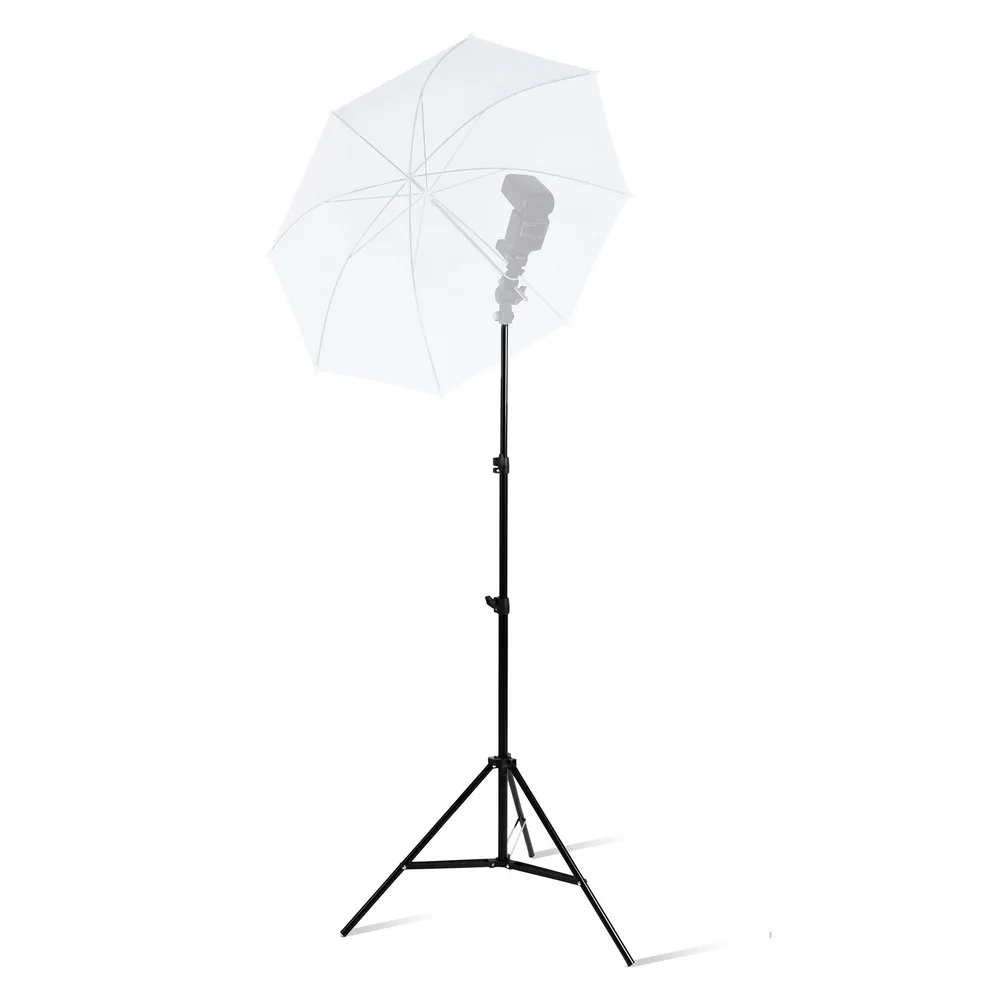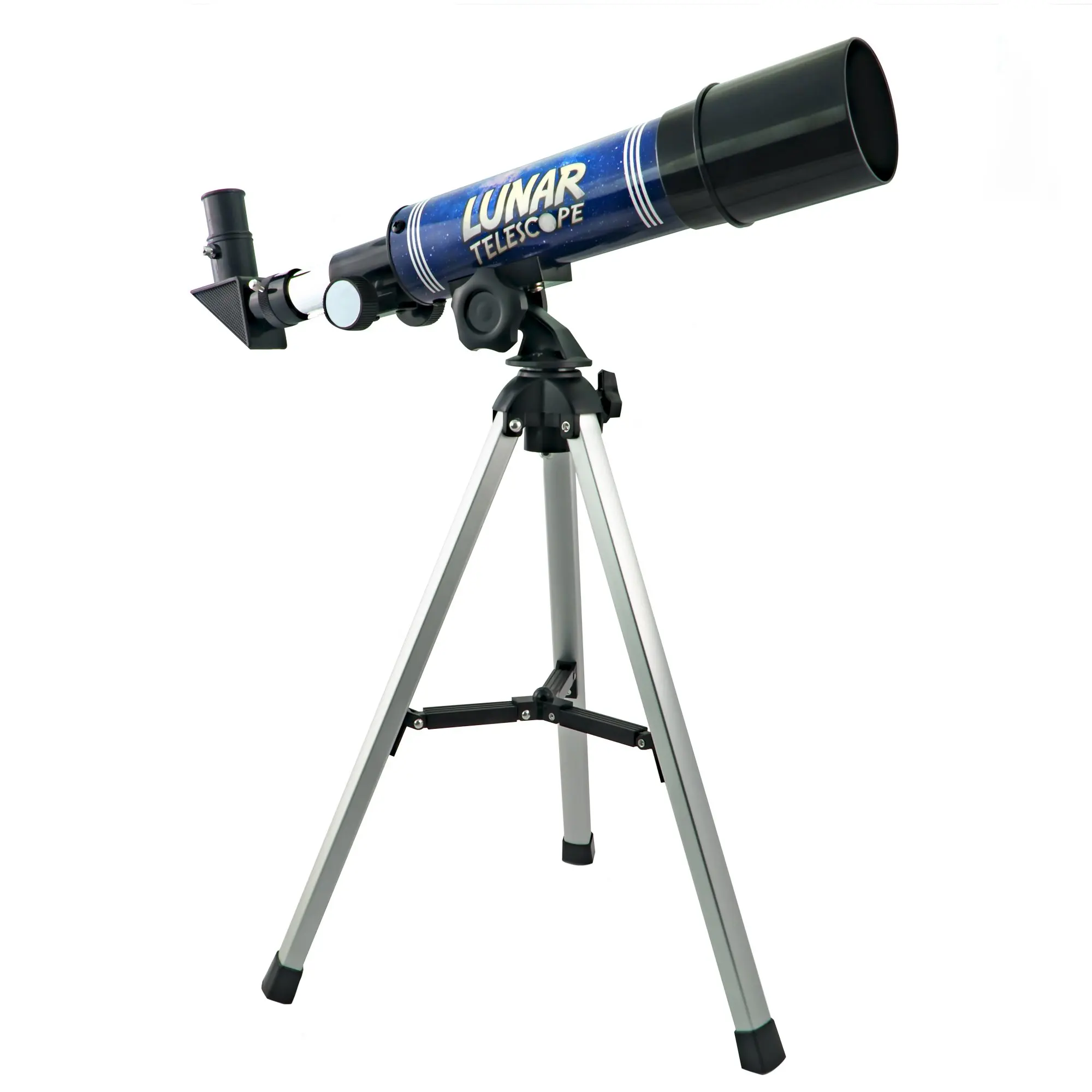
With a small imaging rig like this attached, you’ll only need to use one counterweight, and balancing the load in the RA axis is a breeze. Below, you’ll see a William Optics RedCat 51 telescope mounted to the HEQ5 with a DSLR camera attached. Personally, I recommend using a refractor telescope if you plan on imaging galaxies and nebulae with this mount. That is not to say that successful deep-sky imaging with a configuration of 30 lbs on the HEQ5 isn’t possible, but your balance and polar alignment will have to be rock-solid.

For example, on the HEQ5, I wouldn’t recommend mounting more than 20-lbs of imaging gear on top.Īlthough the telescope mount is rated at 30 lbs, deep-astrophotography at long focal lengths requires ultra-precise tracking. In the world of astrophotography, it is best to keep the total overall of your imaging gear well below the maximum payload capacity of your telescope mount.
#PHOTO REFLECTOR MOUNTING ON TRIPOD PRO#
This is an ideal deep-sky imaging setup for larger deep-sky targets such as nebulae and larger galaxies.Ī Sky-Watcher HEQ5 Pro SynScan Computerized Mount with a William Optics Z73 riding on top. I have a small 50mm guide scope and guide camera riding on top of the refractor, adding another 2 lbs.Īdd the weight of the imaging camera (usually a Canon EOS 60Da), and the entire imaging ensemble is still under 10 lbs. Most often, I use the HEQ5 with a small doublet refractor telescope ( William Optics Zenithstar 73) that weighs 5.5 lbs. This is more than adequate for numerous deep-sky astrophotography configurations using a telescope. The maximum payload capacity of the Sky-Watcher HEQ5 is 30 lbs. The HEQ5 is essentially just a slightly smaller version of the Sky-Watcher EQ6-R mount, that is less physically demanding to transport and setup (with a lower maximum payload capacity, of course). Which Telescopes Can You Mount on the HEQ5? Take a look at the Sky-Watcher HEQ5 in action for some deep-sky astrophotography in my backyard (video). The HEQ5 continues to track the night sky flawlessly and provide me with exciting new images. On nights when I am only interested in deep-sky astrophotography with my DSLR camera and 73mm refractor, there is no need to set up the larger EQ6-R.

The difference in the overall weight between the two mounts is substantial. The HEQ5 continues to get lots of use in my backyard, even though I upgraded to the larger Sky-Watcher EQ6-R Pro in late 2018. The Andromeda Galaxy captured using the Sky-Watcher HEQ5 mount. If you have an older Sky-Watcher SynScan mount, you have the option of updating the hand controller firmware using the resources on the Sky-Watcher website. I find the SynScan computer system very easy to use, which makes it an enjoyable telescope mount for visual use and astrophotography. I used this setup to photograph the Lagoon and Trifid Nebulae from my backyard. Here is a recent image captured using the HEQ5, with a William Optics RedCat 51 refractor, and a DSLR mounted on top: If you are interested in astrophotography using a DSLR and telescope, the Sky-Watcher HEQ5 is a suitable GoTo mount for a wide variety of imaging configurations. You’ll also have the ability to explore other optical designs such as Newtonian reflectors, Schmidt-Cassegrain telescopes, and more.

You can now enter the world of deep-sky astrophotography through a telescope, as the HEQ5 can handle small to medium-sized refractors with ease.

Some of the major advantages of a telescope mount in this class are GoTo functionality and increased payload capacity. The HEQ5 is a big step up from the star tracker category. In this review, I’ll share my insights on this telescope mount, and share many image examples using it. I am often asked by beginner astrophotographers for advice on purchasing their first tracking mount, and the Sky-Watcher HEQ5 is an excellent choice to consider. In my experience, the Sky-Watcher HEQ5 provides extremely high precision tracking and works exceptionally well with the use of autoguiding via the built-in autoguider port. This telescope mount includes the SynScan system, which offers the user a hand controller to select and track various objects in the night sky. It was one of the first mounts I had ever used for astrophotography, and one I still use to this day. The Sky-Watcher HEQ5 is a GoTo equatorial telescope mount capable of deep-sky astrophotography.


 0 kommentar(er)
0 kommentar(er)
